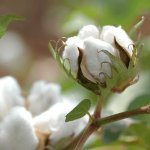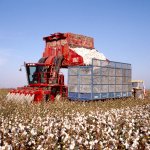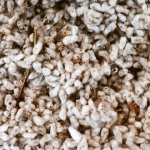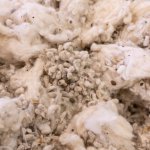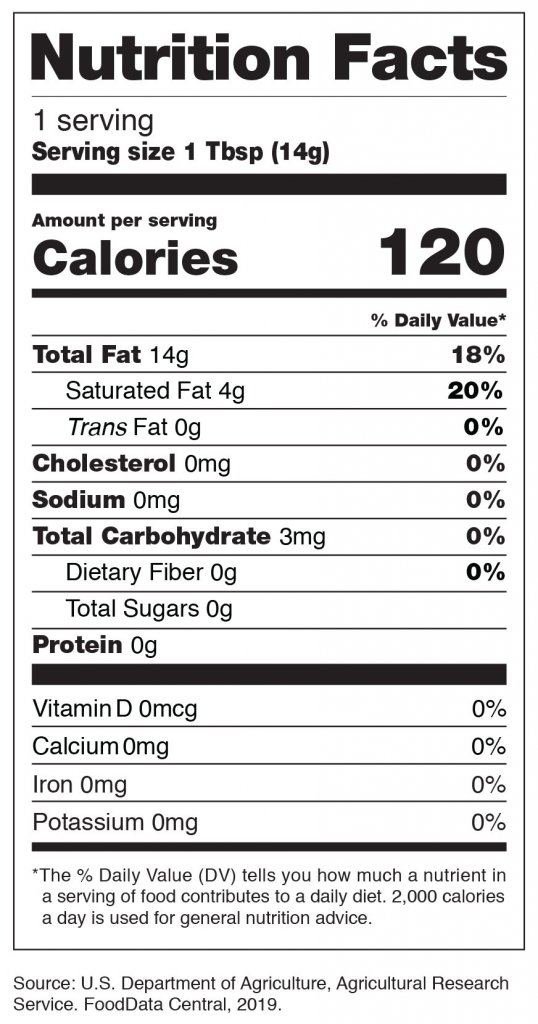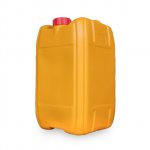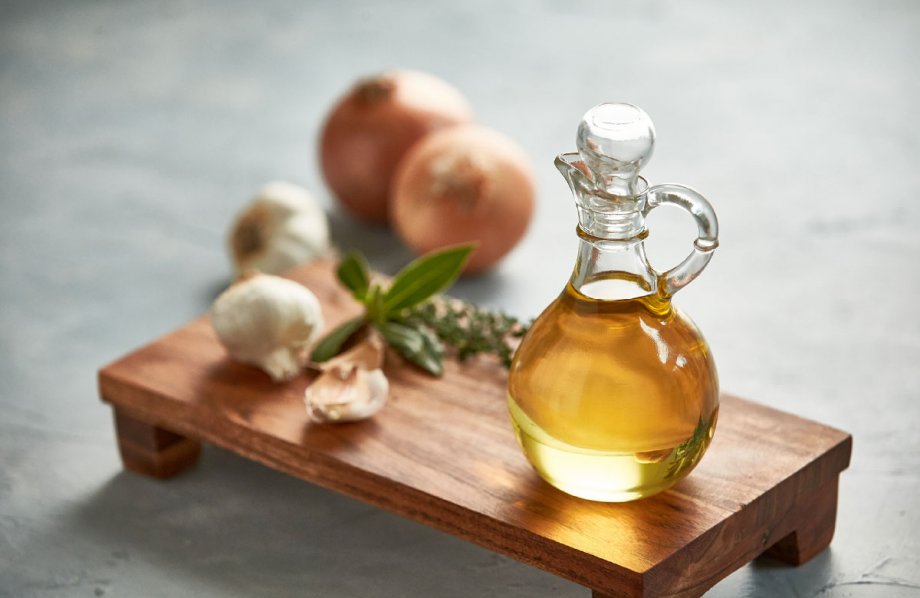
Cottonseed Oil
What Is It
Cottonseed is a plant-based byproduct of the ginning process by which cotton fiber is separated from the seed, and a way to productively utilize more of the plant. Dairy farmers have used cottonseed as a feed supplement for decades because it helps provide higher volumes of richer milk.1
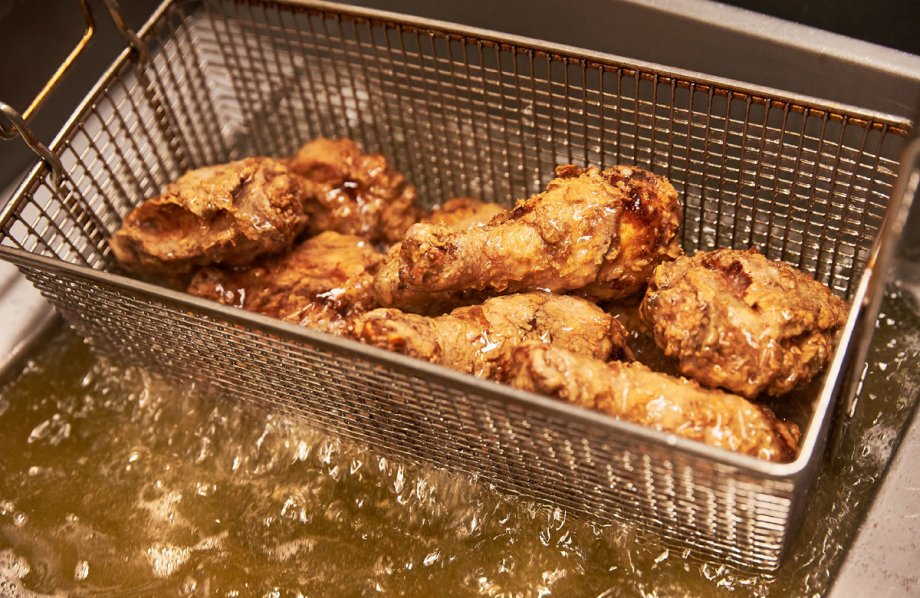
In The Kitchen
Culinary Benefits
Cottonseed oil offers several benefits to enhance culinary creations:
- Flavor: Its neutral taste allows the foods it’s cooking or blending with to stand out 2.
- High Performing: It is extremely stable with a long shelf life and high smoke point 3.
- Versatile: It can be used for everything from dressings and frying to baking and sauteing 4.
- Kosher: Cottonseed oil is considered an acceptable choice for kosher cooking 5.

Versatility
Beyond the Kitchen
- Cosmetics: Cottonseed oil is often used hair and skin-care products because of it’s high vitamin E content 6 (4.8mg per tablespoon)
- Hair and Skin Protection: Cottonseed oil’s antioxidant properties may help protect against free radical damage from UV rays and pollution. 7
- Horticulture Oils: Cottonseed oil is generally considered the most insecticidal of the vegetable oils 8.

